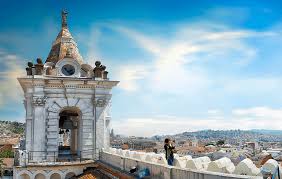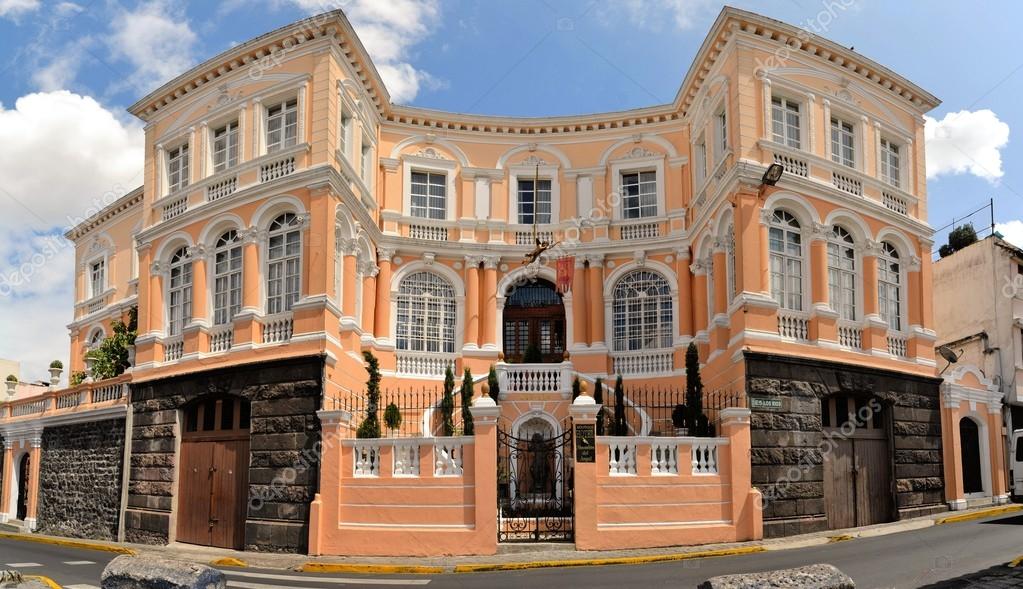Español
Los constructores de la arquitectura virreinal en Quito formaron parte de la reconocida Escuela Quiteña, caracterizada por la fusión de estilos europeos e indigenistas. Sus obras mezclaron influencias renacentistas, manieristas, barrocas, rococó e incluso un incipiente neoclasicismo, dando como resultado un arte mestizo único en América. Elementos mozárabes y mudéjares se combinaron con el plateresco y el barroco, reflejando siglos de tradición artística condensados en apenas trescientos años.
Entre sus más destacados representantes figuran Jorge de la Cruz, Francisco Morocho y Antonio García en el siglo XVI, constructores de la iglesia de San Francisco y la Catedral. En el siglo XVII sobresalieron nombres como Marcos Guerra y Francisco Becerra, autores de obras maestras como la Iglesia de la Compañía de Jesús y San Agustín, mientras que en el siglo XVIII brillaron Jorge Vinterer, Venancio Gandolfi y José Ortiz, vinculados a La Compañía y La Merced. Gracias a ellos, Quito se consolidó como un centro arquitectónico de gran relevancia, con monasterios, conventos e iglesias que aún hoy son testimonio del esplendor virreinal.


English
The builders of viceregal architecture in Quito were part of the renowned Quito School, characterized by a fusion of European and indigenous styles. Their works blended Renaissance, Mannerist, Baroque, Rococo, and even incipient Neoclassic influences, resulting in a mestizo art unique in the Americas. Mozarabic and Mudejar elements were combined with Plateresque and Baroque styles, reflecting centuries of artistic tradition condensed into just three hundred years.
Among its most notable representatives were Jorge de la Cruz, Francisco Morocho, and Antonio García in the 16th century, builders of the Church of San Francisco and the Cathedral. In the 17th century, names such as Marcos Guerra and Francisco Becerra stood out, authors of masterpieces such as the Church of the Society of Jesus and San Agustín, while in the 18th century, Jorge Vinterer, Venancio Gandolfi, and José Ortiz, associated with La Compañía and La Merced, shone. Thanks to them, Quito established itself as a highly significant architectural center, with monasteries, convents, and churches that still bear witness to the viceregal splendor of the time.